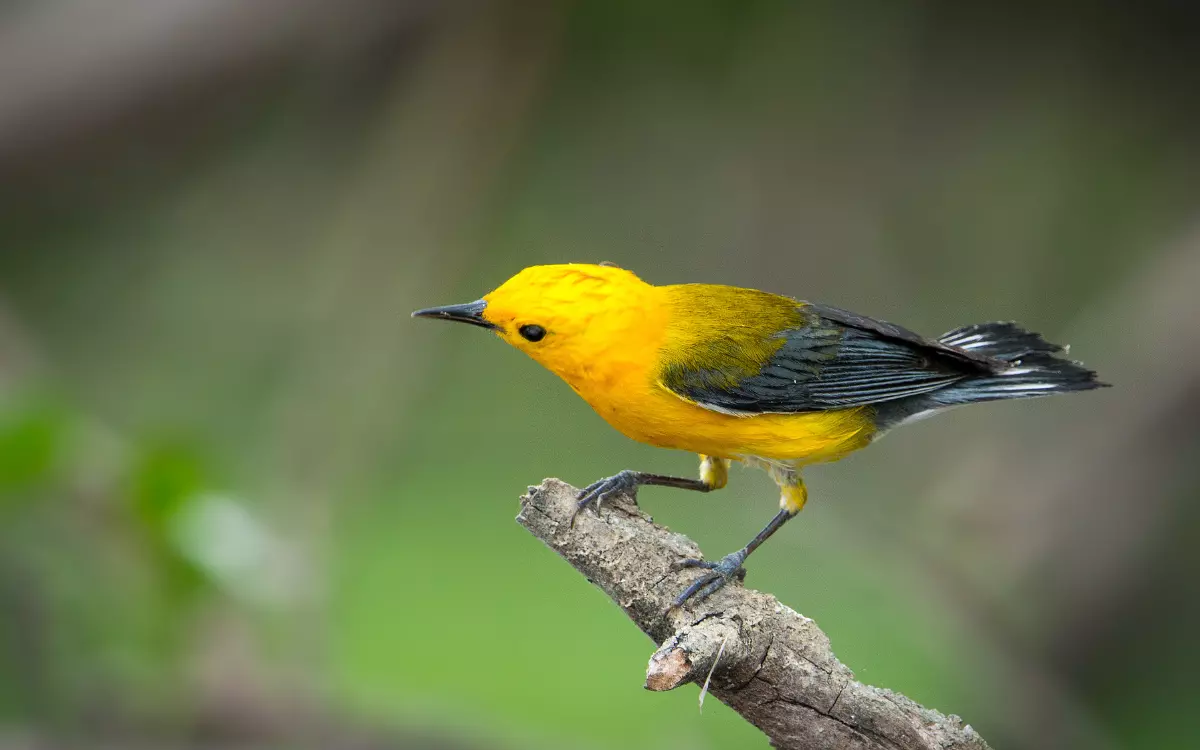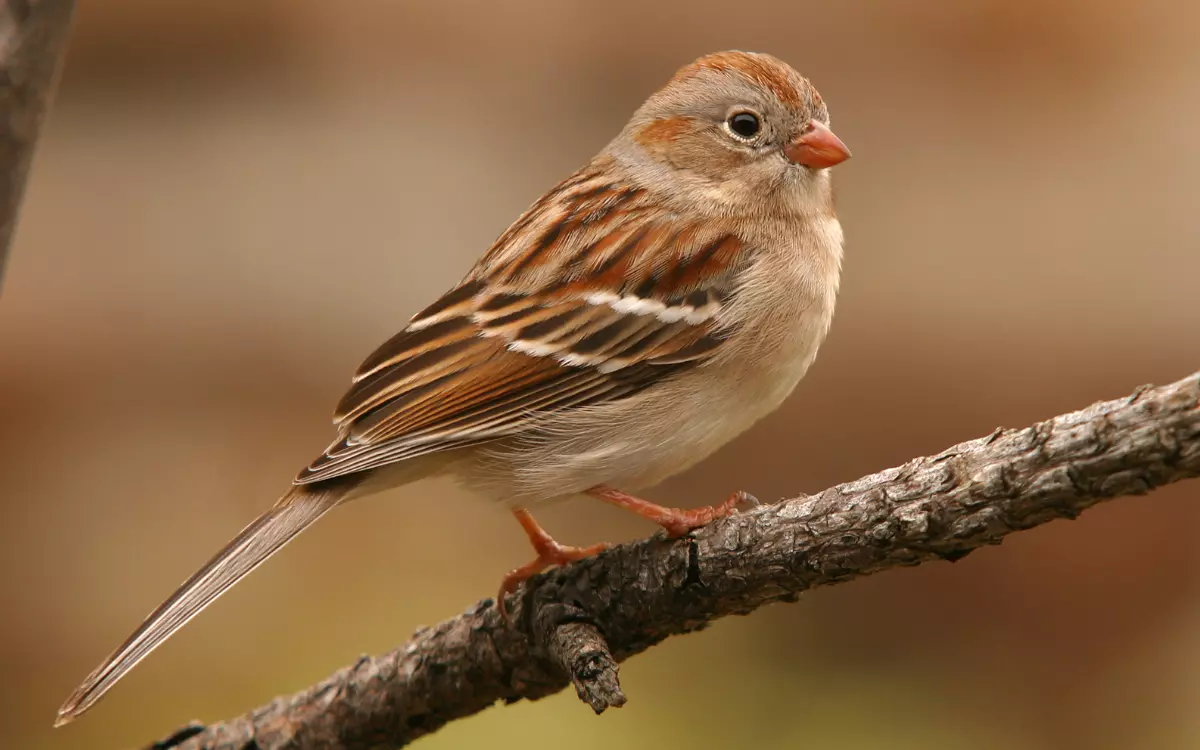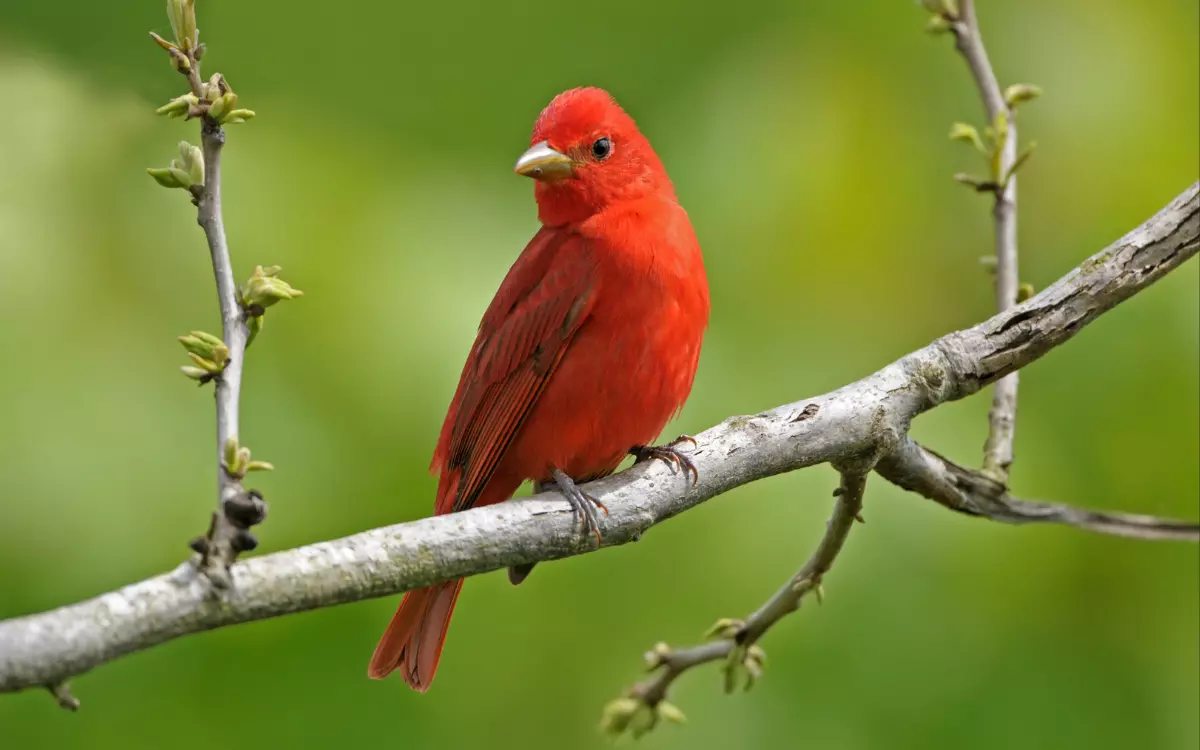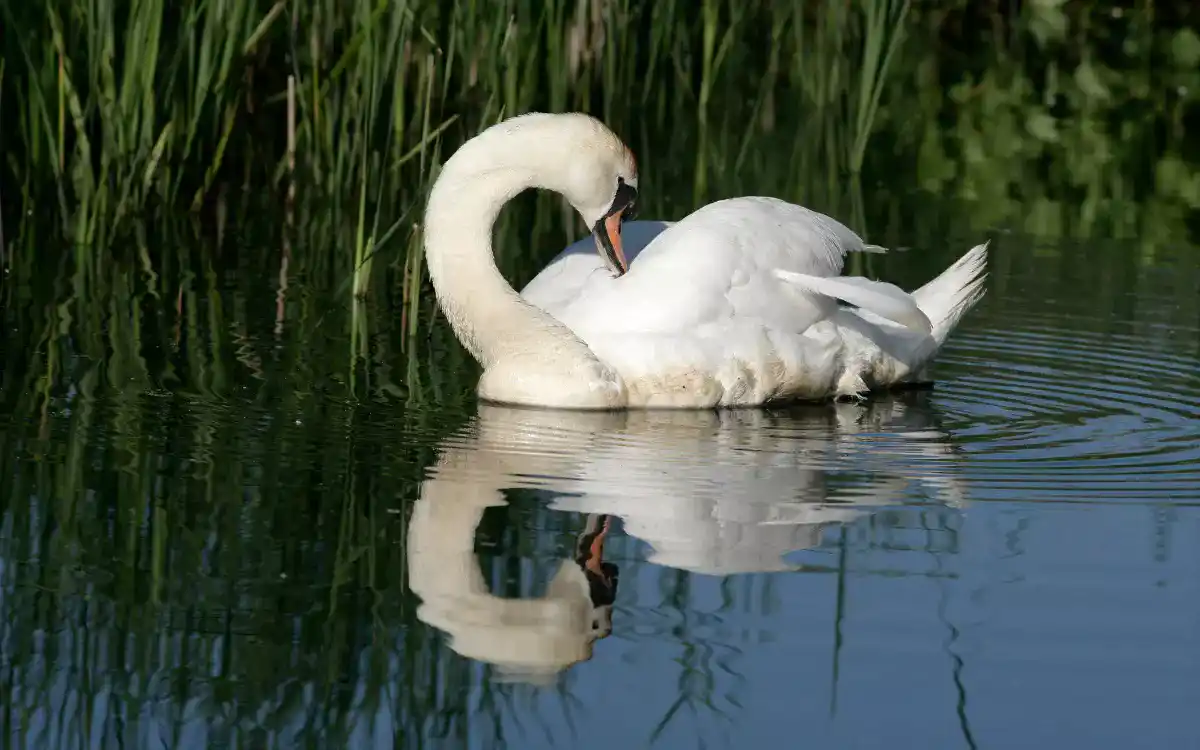9 Red Birds in South Carolina:Photo & Id
South Carolina is a haven for bird watchers, offering a glimpse of vibrant red birds that add a splash of color to the landscape.
These birds, ranging from the striking Scarlet Tanager to the cheerful Northern Cardinal, are a sight to behold across the state’s diverse habitats.
1.Summer Tanager (Piranga rubra):
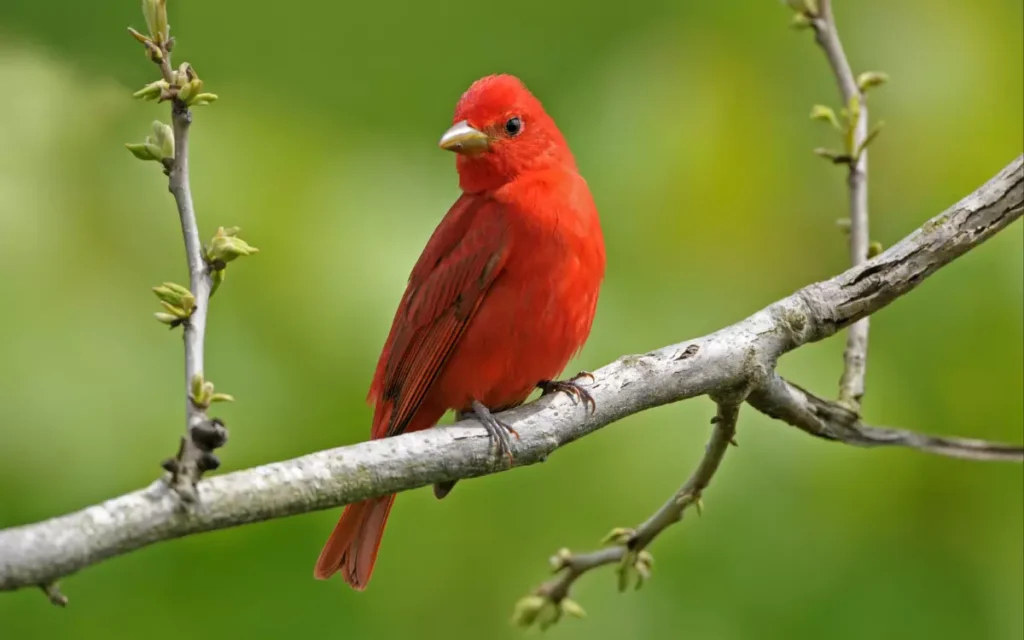
The Summer Tanager is a stunning bird, with males dressed in bright red and females in a lovely yellowish hue. They love to spend their time in open woodlands, forests, and even our backyards, making them a wonderful sight for any bird watcher.
What do they eat? Their diet is pretty interesting as they mainly munch on insects like bees and wasps. But here’s a cool fact: before they eat, they skillfully remove the stinger from their prey. It’s like they know how to eat their cake and not get stung too!
- Length: Approximately 17 cm
- Weight: Average of 29.1 grams
- Wingspan: Around 28 to 30 cm (11 inches)
- Lifespan: 4 to 6 years
2. Northern Cardinal (Cardinalis cardinalis):

The Northern Cardinal is a beautiful bird that everyone can spot easily. Males are bright red, making them easy to see even from far away. These birds live in South Carolina all year long. You can find them in places with trees and bushes, like woods or even your backyard.
What’s cool about these cardinals is that they have a bold red color that catches your eye. They like to sing a lot, which is another way you might notice them around your area. They eat seeds and bugs, making them guests at many bird feeders.
- Length: 8.3 – 9.1 in (21 – 23 cm)
- Weight: 1.5 – 1.7 oz (42 – 48 gms)
- Wingspan: 9.8 – 12.2 in (25 – 31 cm)
- Lifespan: at least 15 years
3. Pine Grosbeak (Pinicola enucleator)
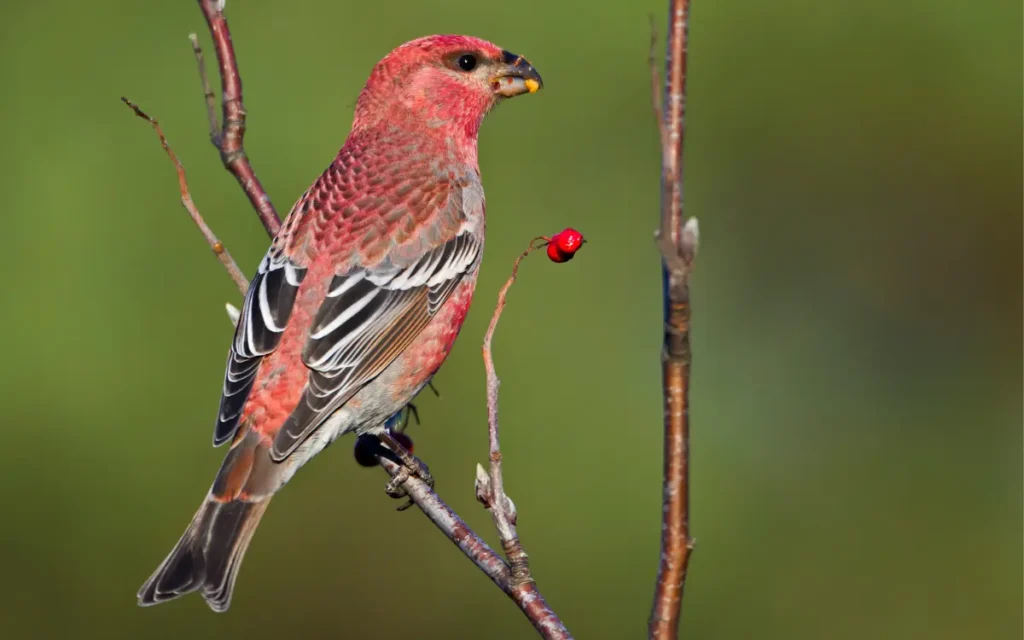
The Pine Grosbeak is a big bird with a strong body. Males have a special reddish-pink color that makes them easy to spot. They like living in forests with lots of pine trees and eat mostly seeds. Sometimes, they also enjoy berries.
These birds are not just pretty; they help spread seeds around the forest, which helps new plants grow. If you ever walk through a pine forest, keep your eyes open for these colorful birds. They might be high up in the trees, looking for their next meal. They are a beautiful part of nature that we can enjoy.
- Length: 20 – 25.5 cm (7 – 10 in)
- Weight: 1.8 – 2.8 oz (52 – 78 gm)
- Wingspan: 12 – 13 in
- Lifespan: at least 9 years
4.Purple Finch (Haemorhous purpureus):

The Purple Finch is a pretty bird with males colored in a beautiful raspberry red on their heads, chests, and backs. They come to South Carolina during the winter months, giving us a chance to see their colorful feathers. These birds love sunflower seeds, so if you want to attract them to your yard, that’s what you should put in your bird feeders.
They’re a lovely sight in the colder months and can brighten up gray winter days with their vivid colors. Next time winter rolls around, keep an eye out for these visitors and maybe offer them some seeds to welcome them.
- Length: 12 – 16 cm (4.7 – 6.3 in)
- Weight: 0.6 – 1.1 oz (18 – 32 gm)
- Wingspan: 8.7 – 10.2 in (22 – 26 cm)
- Lifespan: Up to 14 years
5.Painted Bunting (Passerina ciris):
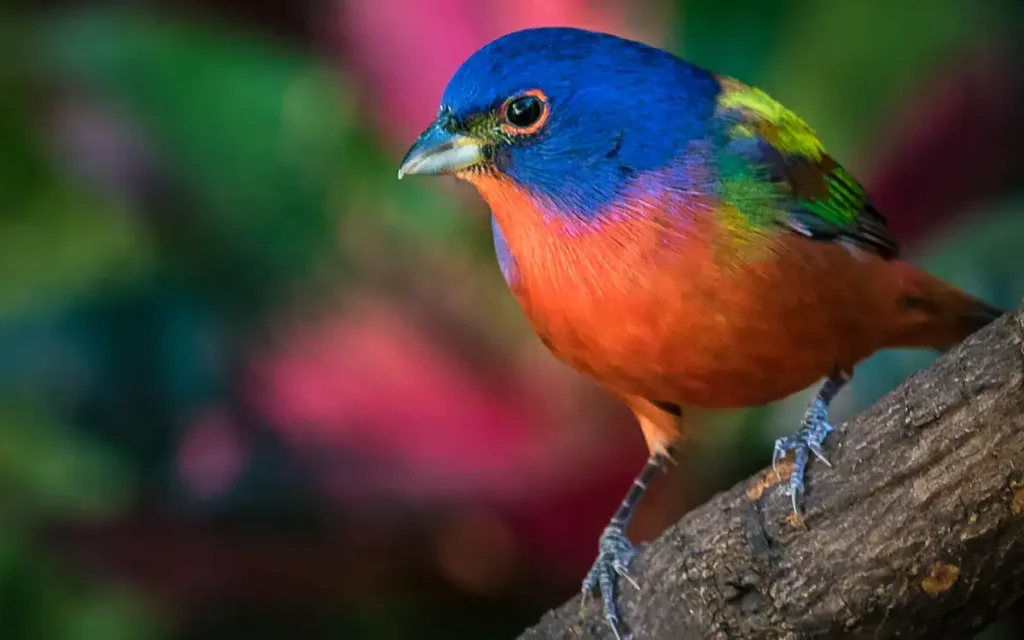
The Painted Bunting is famous for its colorful males and greenish females. These birds are a real treat to see. They breed in the southern coastal areas, where they can be spotted during the warmer months. If you want to see these birds up close, they love millet and sunflower seeds.
Putting these seeds in your bird feeders might attract them to your yard. The males look like they’ve been painted with bright colors, making them one of the most beautiful birds you can find. Keep an eye out for them and enjoy their stunning colors.
- Length: 12–14 cm (4.7– 5.5 in)
- Weight: 0.46 – 0.67 oz (13– 19 gm)
- Wingspan: 21–23 cm (8.3 – 9.1 in)
- Lifespan: over 10 years
6.Red Crossbill (Loxia curvirostra):
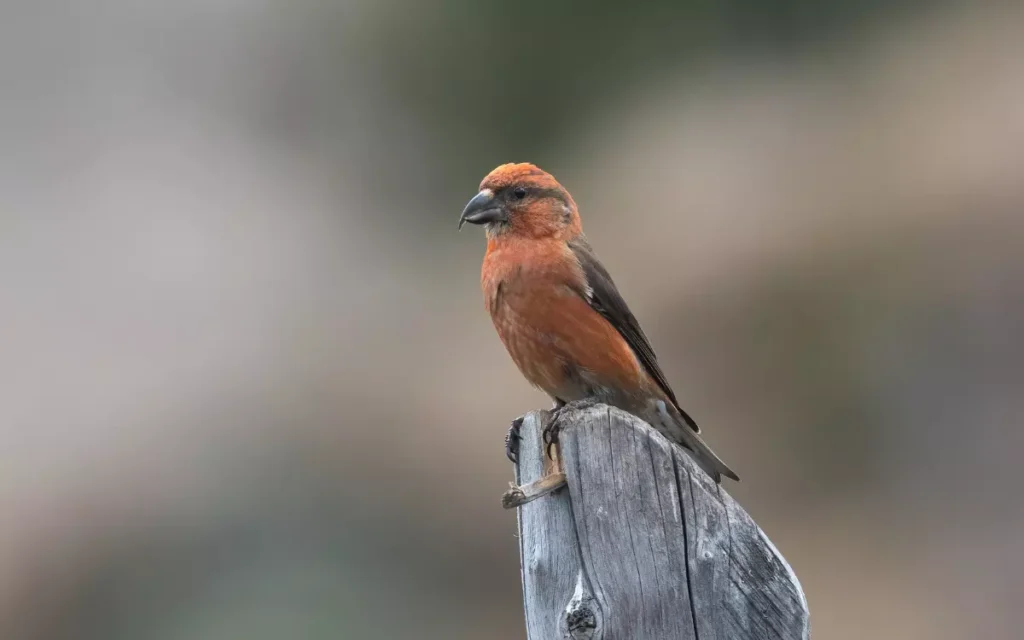
The Red Crossbill is easy to recognize because of its unique beak, which crosses at the tip. This special beak helps it get seeds out of pinecones. These birds live in forests with lots of pine trees. Sometimes, they come to bird feeders, especially if you have sunflower seeds.
They are pretty cool because their beak shows how animals can change to live better in their homes, like the Red Crossbill does with pinecones. If you’re near pine forests, keep an eye out for these birds and maybe put out some sunflower seeds to see them up close.
- Length: 5.9- 6.7 inches (15 – 17 cm)
- Weight: 0.9 – 1.4 oz (26 – 40 gm)
- Wingspan: 9.8 – 11.8 inches (25 – 30 cm)
- Lifespan: up to 8 years
Read also: 11 South Carolina Herons: Graceful Giants
7.Scarlet Tanager (Piranga olivacea):
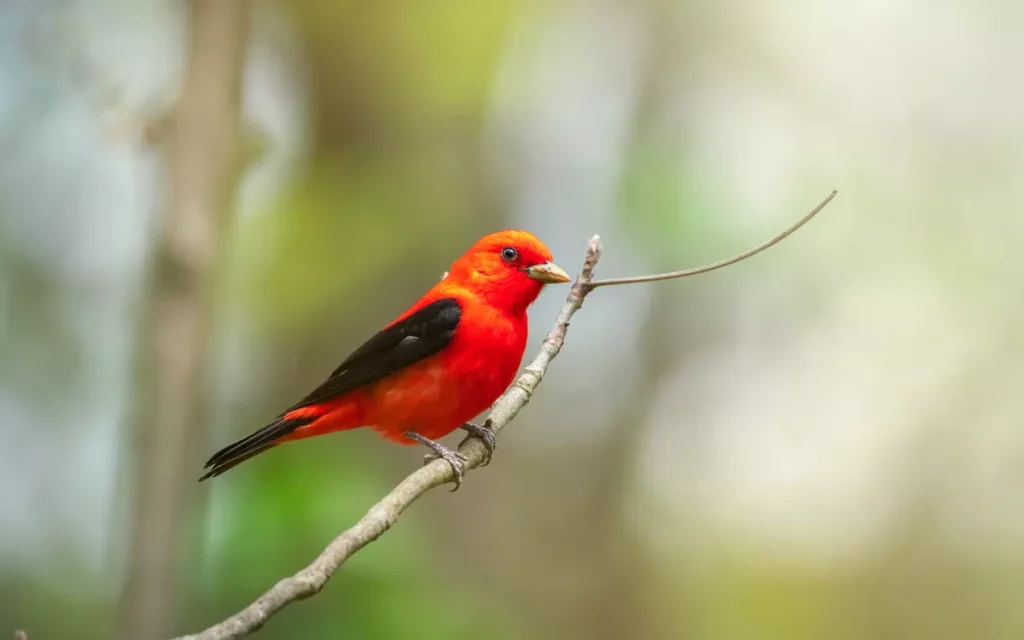
The Scarlet Tanager is a stunning bird with males in bright red and black wings, while females are yellow with darker wings. They love deciduous forests, where trees lose their leaves in fall. These birds eat insects and fruits, making them important for controlling pests and spreading seeds.
Seeing a Scarlet Tanager is always exciting because of their striking colors. They are like flying jewels in the forest. If you’re walking through a forest, keep your eyes peeled for these beautiful birds and enjoy the splash of color they bring to the green surroundings.
- Length: 6.3 – 6.7 in (16 – 17 cm)
- Weight: 0.8 – 1.3 oz (23 – 38 g)
- Wingspan: 9.8 – 11.4 in (25 – 29 cm)
- Lifespan: around 10 to 12 years
8.Common Redpoll (Acanthis flammea):

The Common Redpoll is a small, lively finch known for its red forehead and black chin. Although it’s a rare winter visitor, when it does come around, it’s usually in flocks. You can find them in weedy fields or visiting feeders, where they bring a bit of cheer during the cold months.
These little birds are pretty adaptable, finding food and shelter even in chilly weather. If you’re lucky enough to spot a flock of Common Redpolls, take a moment to enjoy their bustling activity and bright appearance against the winter landscape.
- Length: 4.5 – 5.5 inches (11.5 – 14 cm)
- Wingspan: 7.5 – 8.7 inches (19 – 22 cm)
- Weight: 0.42 – 0.56 oz (12 – 16 grams)
- Lifespan: live up to 2 to 3 years
9.White-winged Crossbill (Loxia leucoptera):
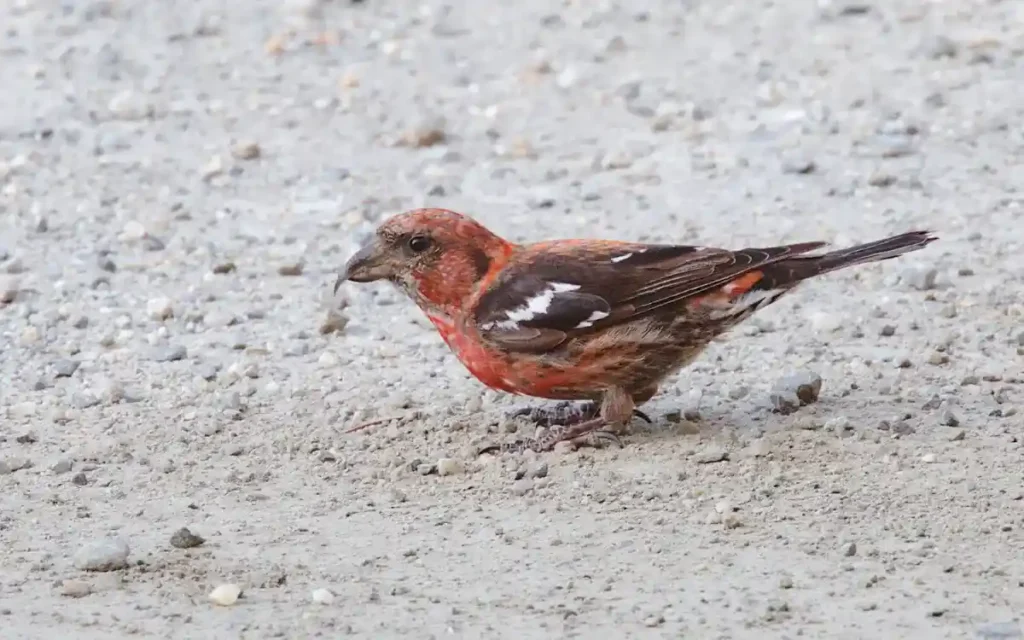
The White-winged Crossbill is a special bird, much like its cousin the Red Crossbill, but it has white bars on its wings. It’s rare in South Carolina but can be found where there are lots of pine seeds to eat.
These birds have a unique beak that helps them get seeds from pine cones, which is pretty cool. If you’re in an area with lots of pine trees, keep an eye out for these birds. They’re not just interesting because of how they look, but also because of how they live and eat. It’s amazing how nature works!
- Length: 5.9 – 6.7 in (15 – 17 cm)
- Weight: 0.8 – 0.9 oz (24 – 26 gm)
- Wingspan: 10.2- 11.0 in (26 -28 cm)
- Lifespan: lived up to 8 years
Attracting Red Birds to Your Yard:
Want to see more red birds like Cardinals and Finches? Here are some tips to make your yard a favorite spot for these colorful visitors:
- Plant Red Flowers: Red birds are attracted to red flowers. Try planting some red petunias or geraniums.
- Use Feeders: Set up bird feeders and fill them with sunflower seeds or safflower seeds. Red birds love these!
- Add Water Sources: A birdbath or even a simple dish of water can attract birds. Keep it clean and filled.
- Offer Shelter: Planting shrubs or trees gives birds a place to hide from predators and bad weather.
- Be Patient: It might take a little time for birds to find your yard, but keep everything ready and they will come.
The Role of Red Birds in the Ecosystem:
Red birds, like the Northern Cardinal and Scarlet Tanager, are vital for South Carolina’s environment. They help in pest control by eating harmful insects, which protects plants. Some red birds also assist in pollination, helping plants to reproduce. They spread seeds too, promoting new plant growth.
This makes red birds key to maintaining biodiversity, which is crucial for a healthy ecosystem. Similar to red birds, black birds in south carolina also play significant roles in the ecosystem, such as pest control and seed dispersion. Protecting these birds and their habitats supports the health of our environment.
FAQS:
Q: What is the red bird in South Carolina not a cardinal?
The Summer Tanager is a red bird in South Carolina that is not a Cardinal.
Q: What kind of bird has a red belly in South Carolina?
The House Finch has a red belly and can be found in South Carolina.
Q: What is the red bird in southeast US?
The Painted Bunting is a vibrant red bird found in the Southeast US, including South Carolina.
Q: What is the most common red bird?
The Northern Cardinal is one of the most common red birds across the United States.
Q: Are red birds good luck?
In many cultures, red birds, especially Cardinals, are considered symbols of good luck and are thought to bring messages of joy and love.
Q: Are red birds male or female?
Both male and female red birds exist, but typically, male birds are more brightly colored in species like the Northern Cardinal and Summer Tanager.
Q: What is the name of a bird that has a red?
The Scarlet Tanager is known for its striking red coloration.
Conclusion:
Red birds in South Carolina, like the vibrant Cardinal and elusive Painted Bunting, enrich the state’s ecosystems and offer splendid sights for birdwatchers and nature lovers.


